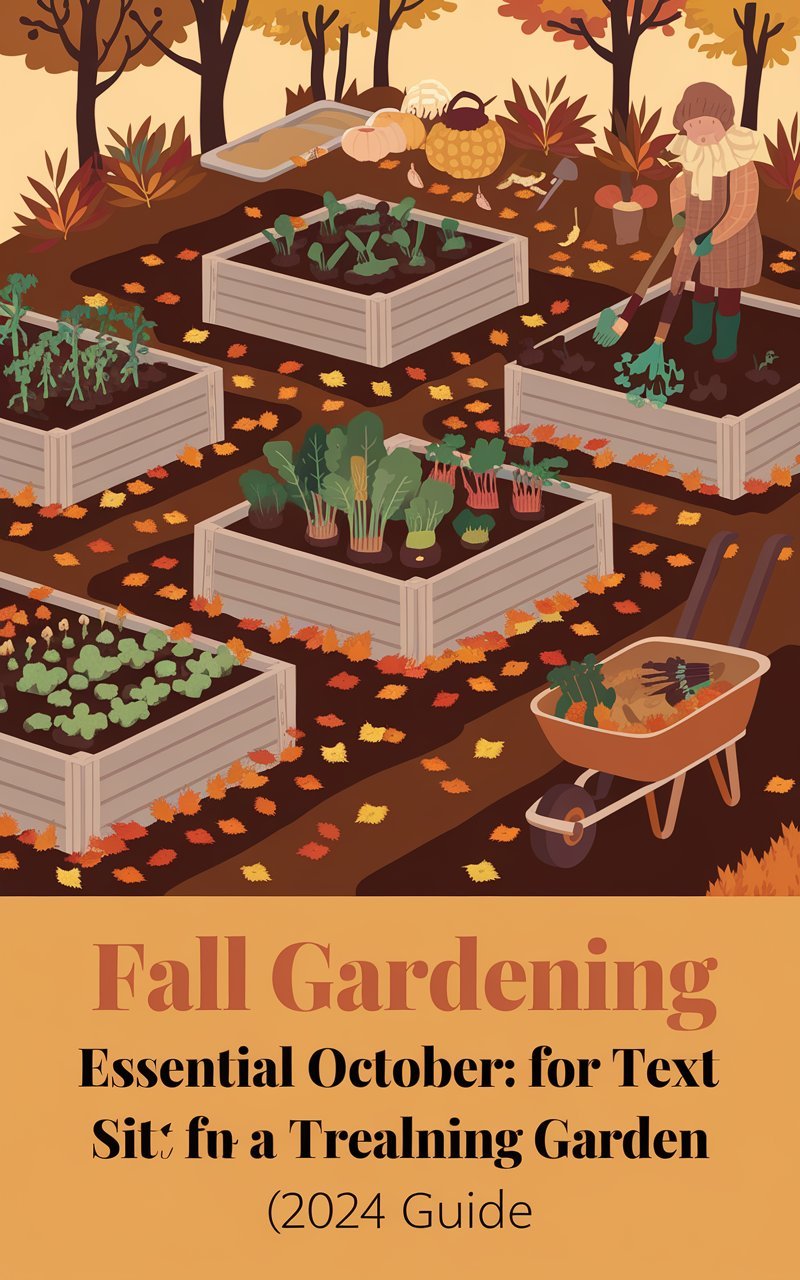Discover essential October gardening tips to prepare your garden for winter and set it up for spring success. From soil improvement to planting and wildlife support, our comprehensive guide offers expert advice to help your garden thrive through fall and beyond.
October is a pivotal month in the fall gardening calendar, offering a perfect balance of lingering warmth and cooler temperatures. This transitional period provides an ideal opportunity to prepare your garden for winter, plant for spring, and enjoy the last harvests of the season. Our comprehensive guide outlines crucial tasks and innovative techniques to ensure your garden thrives through autumn and beyond.
As a seasoned horticulturist with over two decades of experience in four-season gardening, I’m excited to share my expertise on maximizing your garden’s potential during this beautiful autumn month. Let’s dive into the essential October gardening tasks that will set your garden up for success!
Why October Gardening Matters
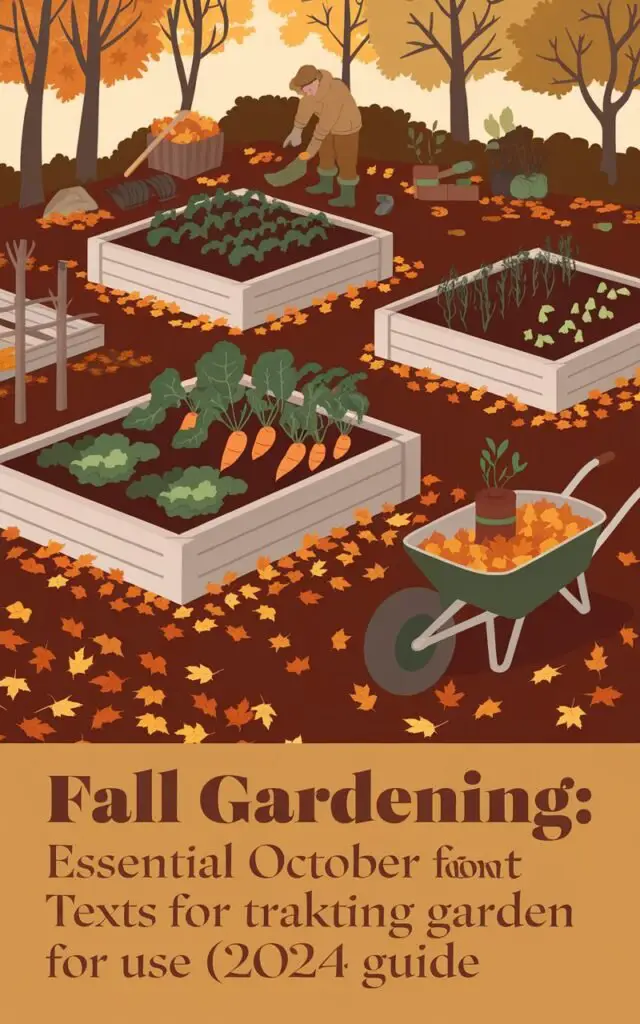
Before we delve into specific tasks, let’s consider why October gardening is so crucial:
- Prepares the garden for winter dormancy
- Sets the stage for early spring growth
- Extends the harvest season for many crops
- Provides an opportunity for soil improvement
- Allows for strategic planning and restructuring of garden spaces
Now, let’s explore the key gardening tasks for October, categorized for easy reference.
Essential October Gardening Tasks
1. Soil Preparation and Amendment
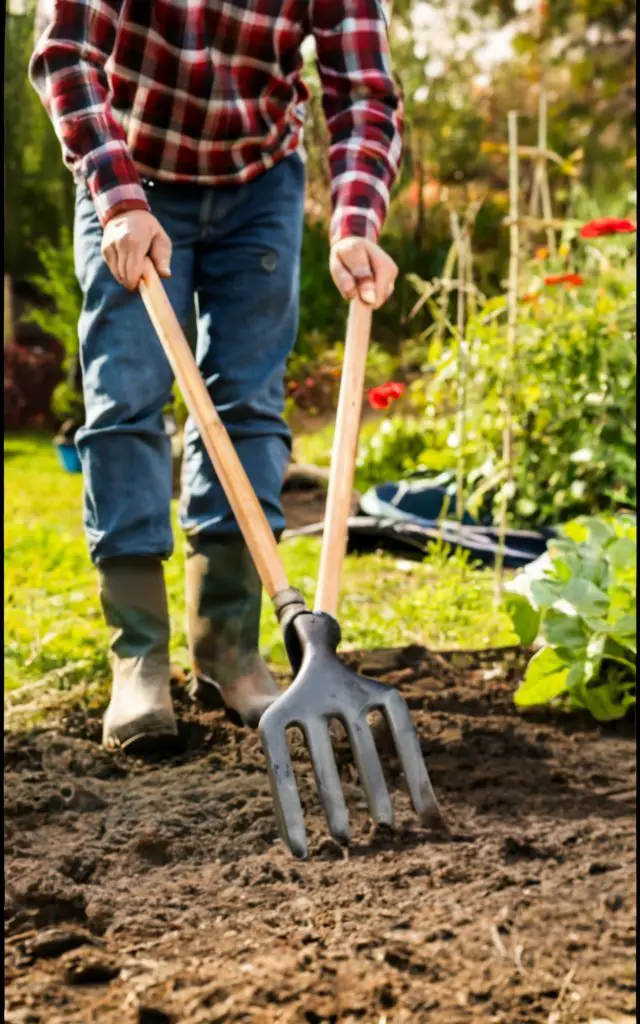
Why It’s Important: Fall is the ideal time to improve soil structure and nutrient content for the next growing season.
Key Tasks:
- Test soil pH and amend as necessary
- Add organic matter like compost or well-rotted manure
- Consider planting cover crops for green manure
2024 Trend: Biochar incorporation is gaining popularity for long-term soil improvement and carbon sequestration.
Pro Tip: Use a broad fork to aerate soil without disturbing its structure, preserving beneficial soil ecosystems.
2. Fall Planting
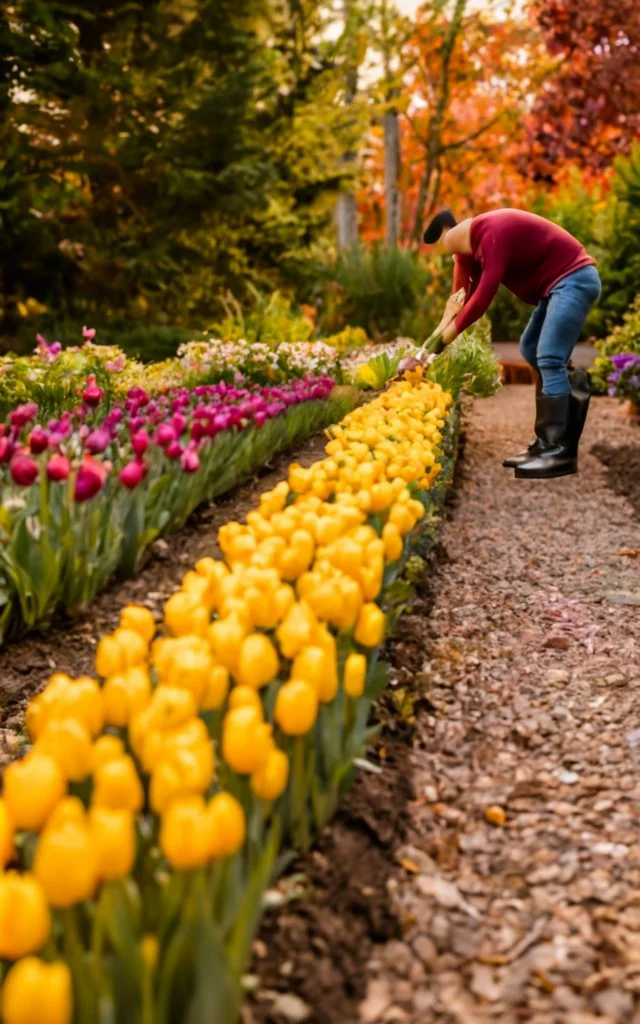
Why It’s Important: Many plants benefit from fall planting, establishing strong root systems over winter.
Key Tasks:
- Plant spring-flowering bulbs like tulips, daffodils, and crocuses
- Sow cold-hardy annuals such as pansies and violas
- Plant trees and shrubs while the soil is still workable
2024 Update: New varieties of climate-resilient bulbs are being introduced, bred to withstand erratic temperature fluctuations.
Pro Tip: Use a bulb planter tool for efficient and consistent planting depths.
3. Vegetable Garden Management
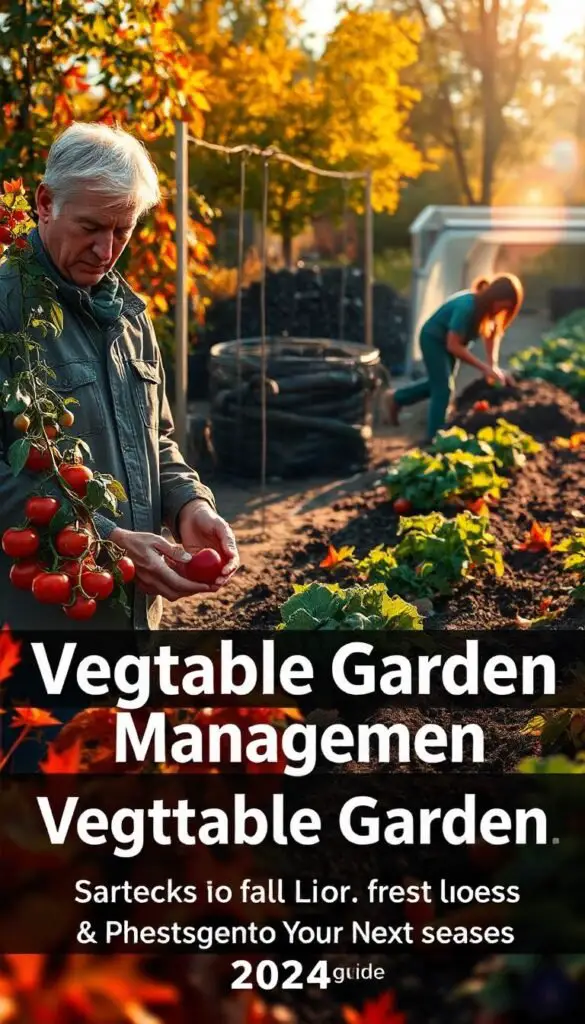
Why It’s Important: Proper management extends the harvest and prepares the plot for next season.
Key Tasks:
- Harvest remaining summer crops before first frost
- Plant cold-hardy vegetables like kale, spinach, and garlic
- Clean up and compost disease-free plant debris
2024 Innovation: Smart frost covers with built-in temperature sensors are helping gardeners protect crops from early freezes.
Pro Tip: Use row covers or cold frames to extend the growing season for cool-season crops.
4. Perennial Care
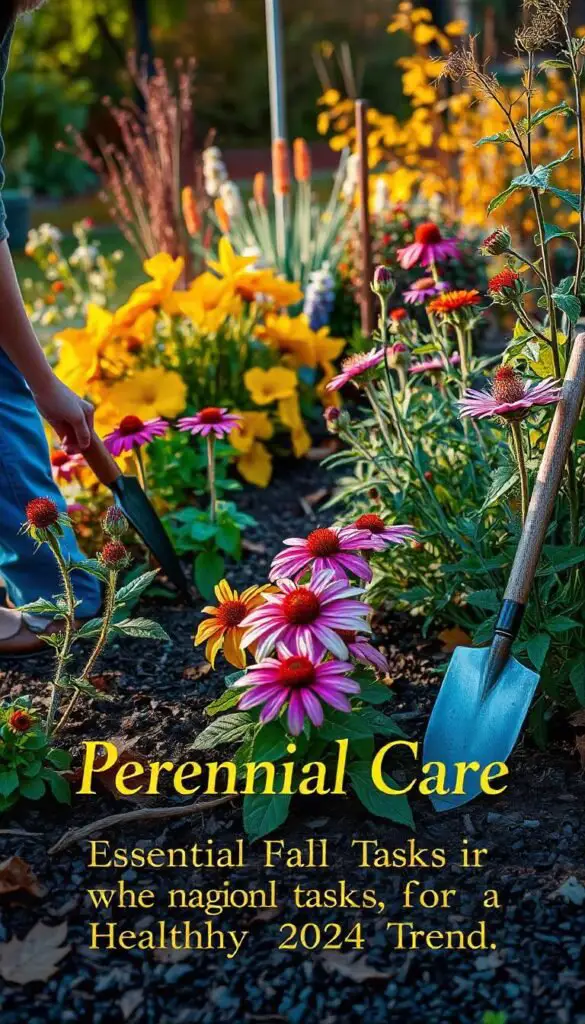
Why It’s Important: Proper fall care ensures healthy perennials in the spring.
Key Tasks:
- Divide and replant overcrowded perennials
- Cut back dead foliage on some perennials, leaving others for winter interest and wildlife
- Mulch around perennials to protect roots from freeze-thaw cycles
2024 Trend: Native plant gardening continues to gain momentum, with a focus on regional biodiversity.
Pro Tip: Leave seedheads on plants like echinacea and rudbeckia to provide food for birds during winter.
5. Lawn Care
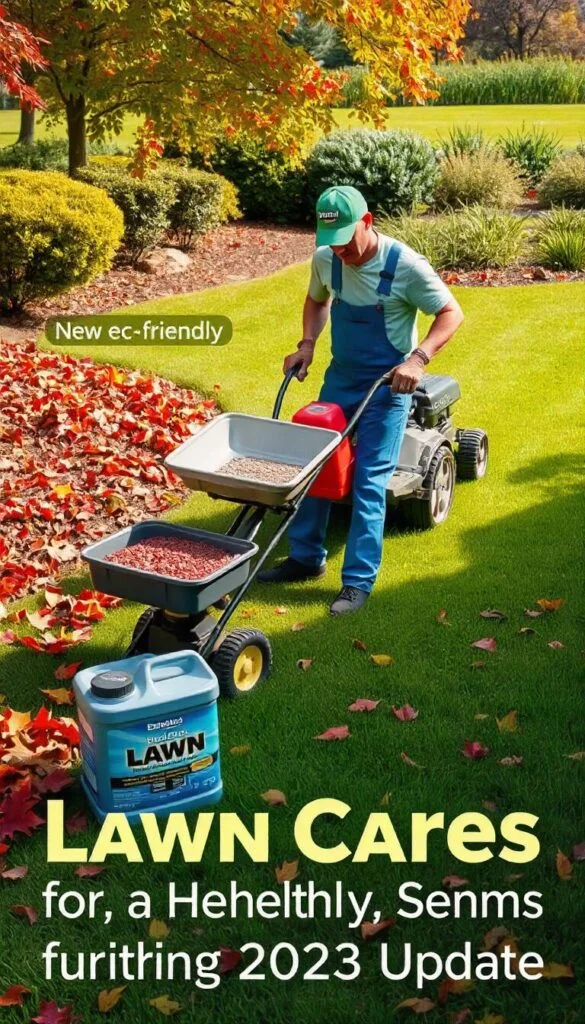
Why It’s Important: Fall lawn care promotes strong root growth and a healthier lawn in spring.
Key Tasks:
- Aerate and overseed cool-season lawns
- Apply a fall fertilizer high in potassium for winter hardiness
- Continue mowing until grass stops growing
2024 Update: New eco-friendly, low-maintenance grass varieties are being developed for reduced water and chemical use.
Pro Tip: Mulch fallen leaves with your mower to return nutrients to the soil and reduce waste.
6. Tree and Shrub Care
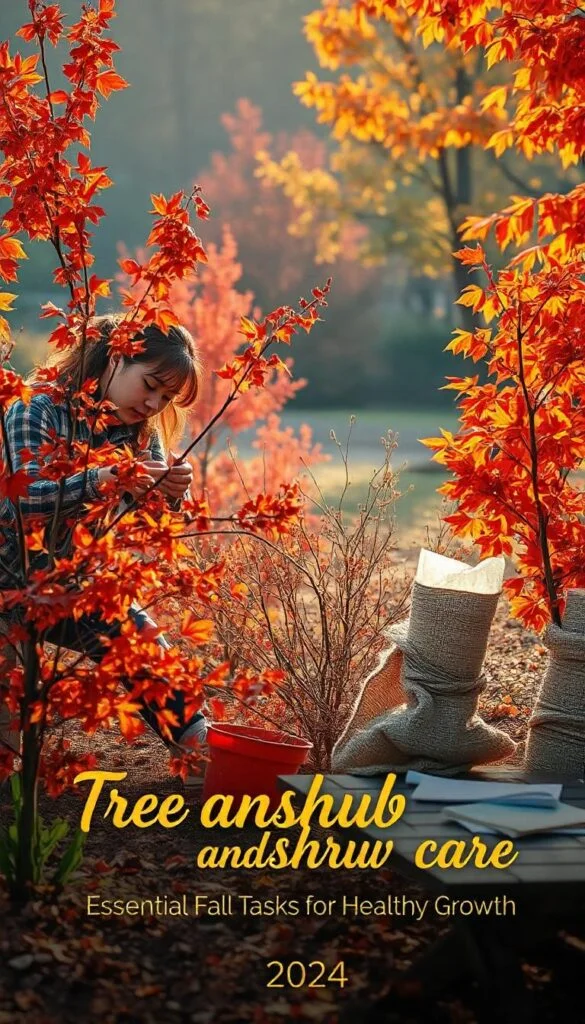
Why It’s Important: Fall is ideal for planting and maintaining woody plants.
Key Tasks:
- Plant new trees and shrubs
- Prune dead, diseased, or crossing branches
- Wrap young tree trunks to prevent winter sunscald and rodent damage
2024 Research: Studies are exploring the benefits of mycorrhizal inoculants for improved tree establishment and resilience.
Pro Tip: Water newly planted trees and shrubs deeply until the ground freezes to ensure good root establishment.
7. Garden Clean-Up and Organization
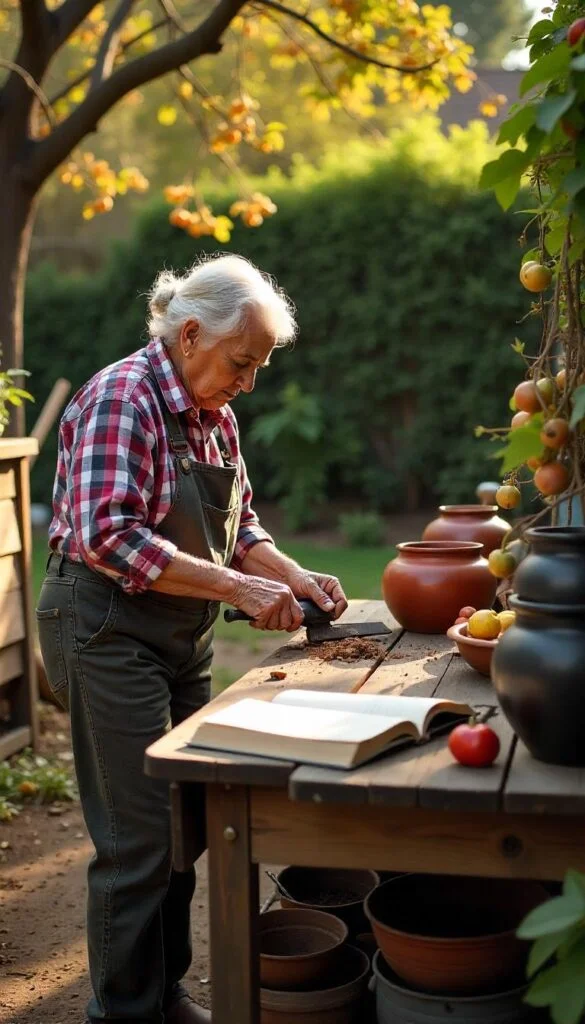
Why It’s Important: A clean, organized garden reduces pest and disease issues and prepares for spring.
Key Tasks:
- Clean and sharpen garden tools
- Empty and store ceramic or fragile containers
- Clean up fallen fruit and leaves to prevent disease carryover
2024 Trend: Sustainable garden waste management is becoming a focus, with emphasis on on-site composting and recycling.
Pro Tip: Create a garden journal to record this year’s successes and challenges for future reference.
8. Wildlife Preparation
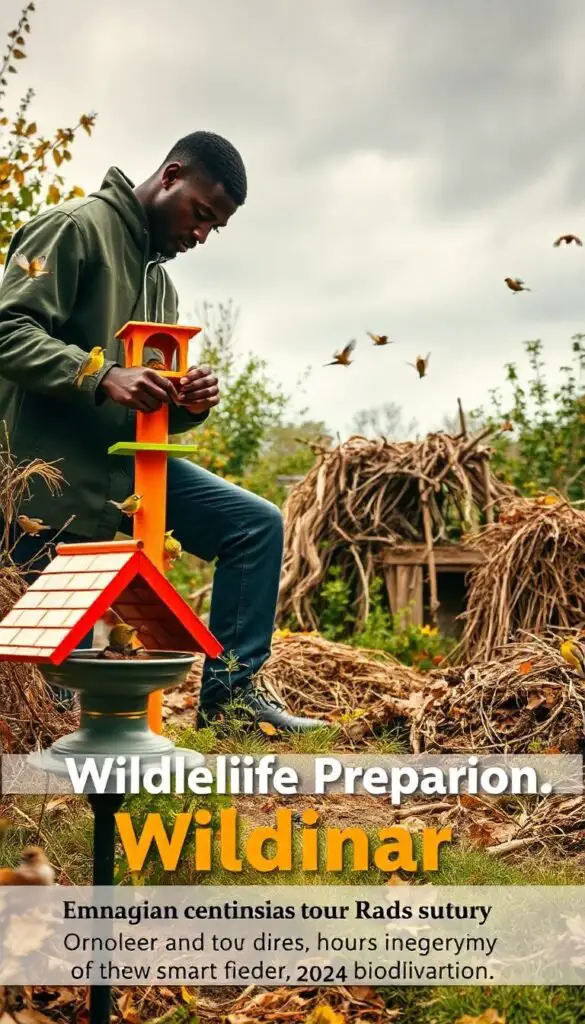
Why It’s Important: Supporting wildlife through winter enhances garden biodiversity.
Key Tasks:
- Install or clean bird feeders and baths
- Create brush piles for small animals
- Leave some areas of the garden “messy” for insect habitats
2024 Innovation: New “smart” bird feeders with cameras and AI can identify and track bird species visiting your garden.
Pro Tip: Plant late-blooming nectar sources like asters to support migrating butterflies and bees.
9. Water Management
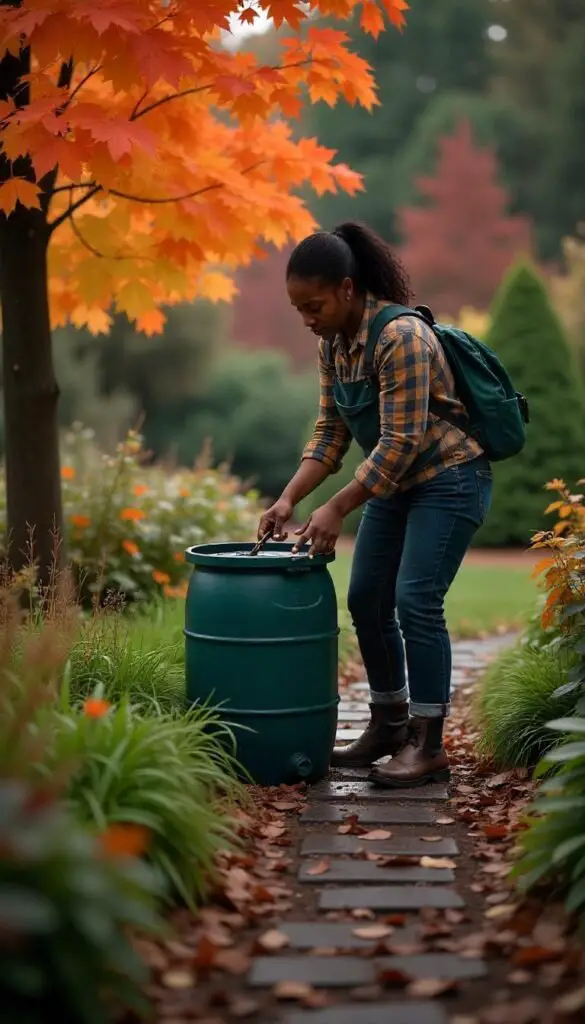
Why It’s Important: Proper water management prevents winter damage and conserves resources.
Key Tasks:
- Install rain barrels to collect fall rains for spring use
- Drain and store hoses and irrigation systems
- Ensure proper drainage to prevent water pooling around plants
2024 Trend: Rainwater harvesting systems are becoming more sophisticated and integrated into overall garden design.
Pro Tip: Use collected rainwater to deeply water trees and shrubs before the ground freezes.
10. Planning and Reflection
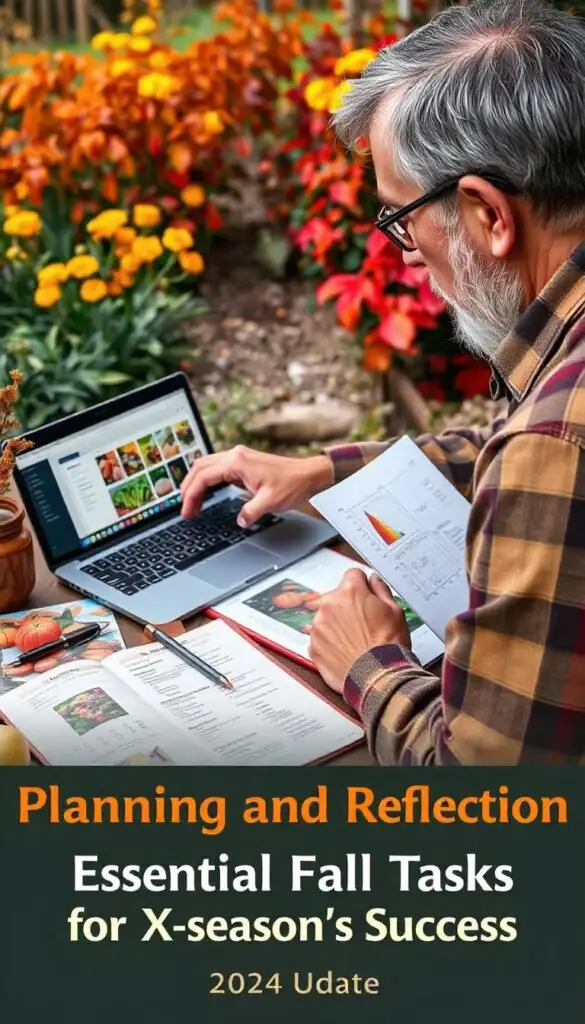
Why It’s Important: Fall is the perfect time to assess the past season and plan for the next.
Key Tasks:
- Review garden successes and challenges
- Plan crop rotations for next year
- Research and order seeds for next season
2024 Update: Garden planning apps with AI capabilities are helping gardeners optimize layouts and plant selections based on local conditions.
Pro Tip: Take photos of your garden in fall to help with winter planning and to compare year-over-year progress.
Best Practices for October Gardening
To make the most of your October gardening efforts:
- Work with your local climate and first frost dates to prioritize tasks.
- Focus on soil health as the foundation of a successful garden.
- Balance clean-up with leaving habitat for beneficial wildlife.
- Use sustainable practices to reduce waste and conserve resources.
- Take time to enjoy the unique beauty of the autumn garden.
Conclusion: Embracing the Fall Garden
October gardening is about both winding down and gearing up. It’s a time to reflect on the abundance of the past season while laying the groundwork for future growth. By tackling these essential tasks, you’re not just putting your garden to bed – you’re setting the stage for a vibrant, healthy garden in the coming year.
Remember, gardening is an ongoing learning process. Each season brings new challenges and discoveries. Embrace the cyclical nature of gardening and use this fall to deepen your connection with your garden and the natural world.
For more information on fall gardening practices and regional-specific advice, consult resources like your local Cooperative Extension Service or trusted gardening organizations. Happy gardening, and may your October efforts bring bountiful rewards in the seasons to come!
For more gardening tips and plant care guides, visit usagardenhub.com.

